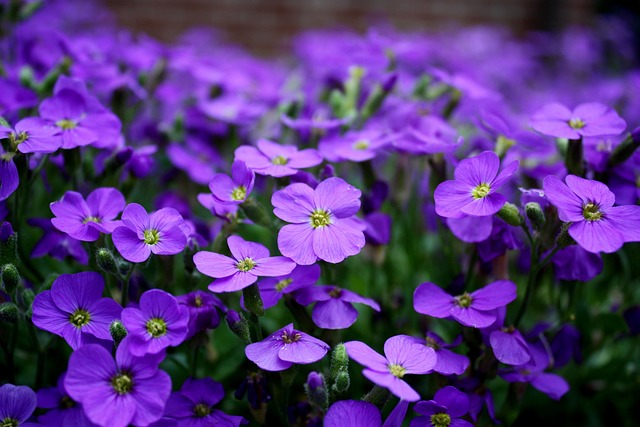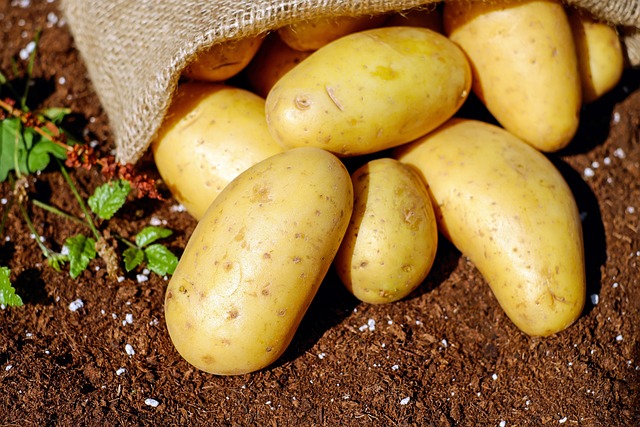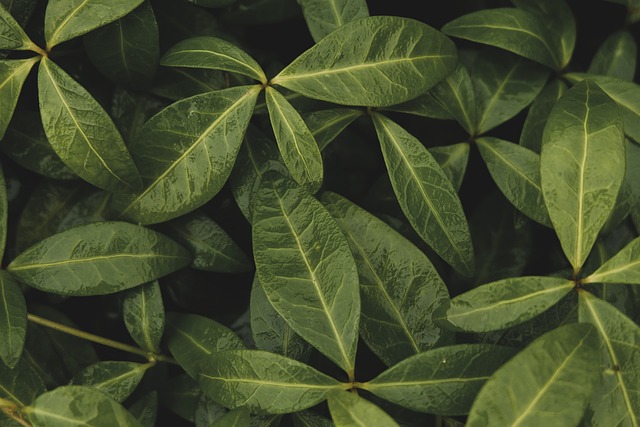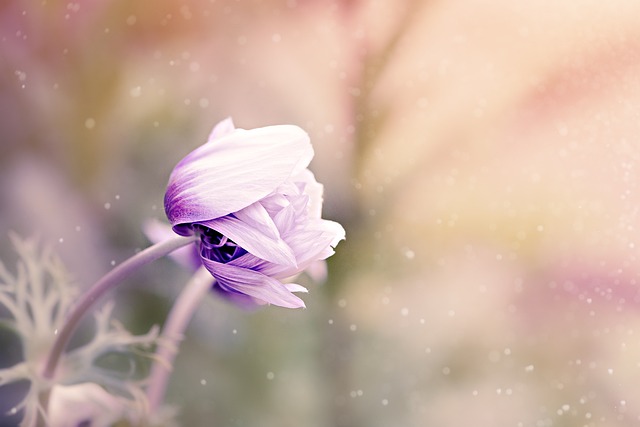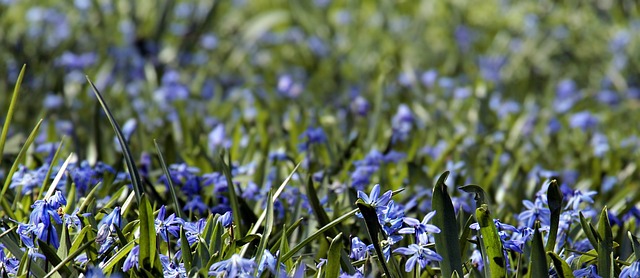
There is no time like the present for taking up a new hobby, and gardening can be very rewarding. If you are wondering what you need to do and how to get started, you can find out in this article. The following article includes a series of tips that will place you in a much better position for starting your project.
Clay Soil
Clay soil makes working with a shovel difficult. The clay is hard and sticks to the shovel. Rub a thin layer of floor or car wax over the surface of the shovel, and then buff the surface using a clean cloth. This will make shoveling in clay soil easier. By waxing the shovel head, the clay will not be able to adhere to the surface.
Transform your gardening tool handles into clever measurement rulers. You can use larger tools, like rakes, as measuring sticks. Just lay your tool down on the floor then lay a yardstick beside the handle. Label the distances using a permanent marker. Now, the next time you do work in the garden, you’ll actually have a ruler at your fingertips.
Coffee Grounds
If you discover that your soil is very alkaline, take used coffee grounds and mix them thoroughly with your soil. Coffee grounds contain plenty of acid to get the soil back to a good balance. Balanced soil will produce more flavorful, crisp vegetables and greens.
Make a landscaping plan before you dig your first hole. This will assist you in recognizing your tiny plants when they start to pop up. You can also avoid losing the smaller plants, or in larger gardens, the small plant groups.
Separate irises. If you split up clumps of them, you will eventually have more of this flower. If you notice a dead foliage, lift the bulb. You will be able to split the bulb easily and replant it to get more flowers next year. Rhizomes, however, need to be divided by using a horticulture knife. Cut healthy pieces from the root stalk and throw out the dead center. There needs to be a minimum of one healthy offshoot on each of the new sprout sections. Replant them immediately.
In order to rid your garden of pests, take advantage of plant materials and other organic matter. Planting marigolds or onions around the border of your vegetable garden will help repel slugs. You can also mulch around trees and shrubs with wood ash, which drives away insects. You can avoid using pesticides that contain harsh chemicals if you employ these techniques.
Horticulture is an incredible method of relaxing. There are a variety of ways to find peace and relaxation on a personal level. Horticulture on a sunday afternoon is a simple method of making this happen. Gardening does not require a lot of dollars to start, and yields tremendous benefits. The biggest perk of horticulture is the sense of satisfaction you get from what you grow with your own two hands.
To keep dogs from disturbing your garden, spray some old aftershave, cologne, perfume or other strongly-scented products in the dirt or grass surrounding it. Your dog will be less attracted to your garden when these scents overpower compost scents and other smells dogs like.
When you are organic gardening, ask your children to lend a hand. A garden can teach your children about the joy of rewarding work and nutrition while bonding.
Paying attention to spacing is important. It is easy to underestimate the amount of space that the plants will take up once they start to grow. You will also need to ensure that you allow ample space around full-grown plants for air circulation. Try to plan your garden and place sufficient distance in between your seedlings.
Do not let your gardening chores add up. Sometimes it might prove difficult to get in a little horticulture time every day. However, you shouldn’t fret, as there are a few things you can do that can minimize the time you spend horticulture when you do manage to get to it. You can pull a few weeds when you take your dog outside.
When planting seeds, you should bury them three times as deep as their actual size. You should know that certain seeds need not be covered, because they need the sunlight. Ageratum and petunias are two examples of seeds that should not be planted deeply. If you’re not sure if your seeds need sunlight, you can find out online or through the seeds’ package.
A useful technique for organic gardening, is to gently disturb your seedlings by using your fingers or a piece of cardboard one or two times daily. While it seems a little odd, it has been reported that this can encourage plant growth.
Organic Horticulture
Although organic horticulture is often much harder than using chemicals, the reward is much greater. While the chemical companies claim great benefits, organic horticulture will always provide the most rewarding and healthy crops.
When you water too much, then you can actually harm your plants due to the fact that the roots can’t get the nutrients they need. Before watering plants outdoors, check with some weather stations to find out if it will rain anytime during the day. Skip watering your plants for a couple of days if a heavy rainstorm has descended; natural rainwater can be particularly good for your plants as well.
After reading this article, you should be on the right path to having your own garden. You may have thought you were already set to start, but you’re in an even better place now! Apply the tips and ideas you have just read about to create the garden of your dreams.

